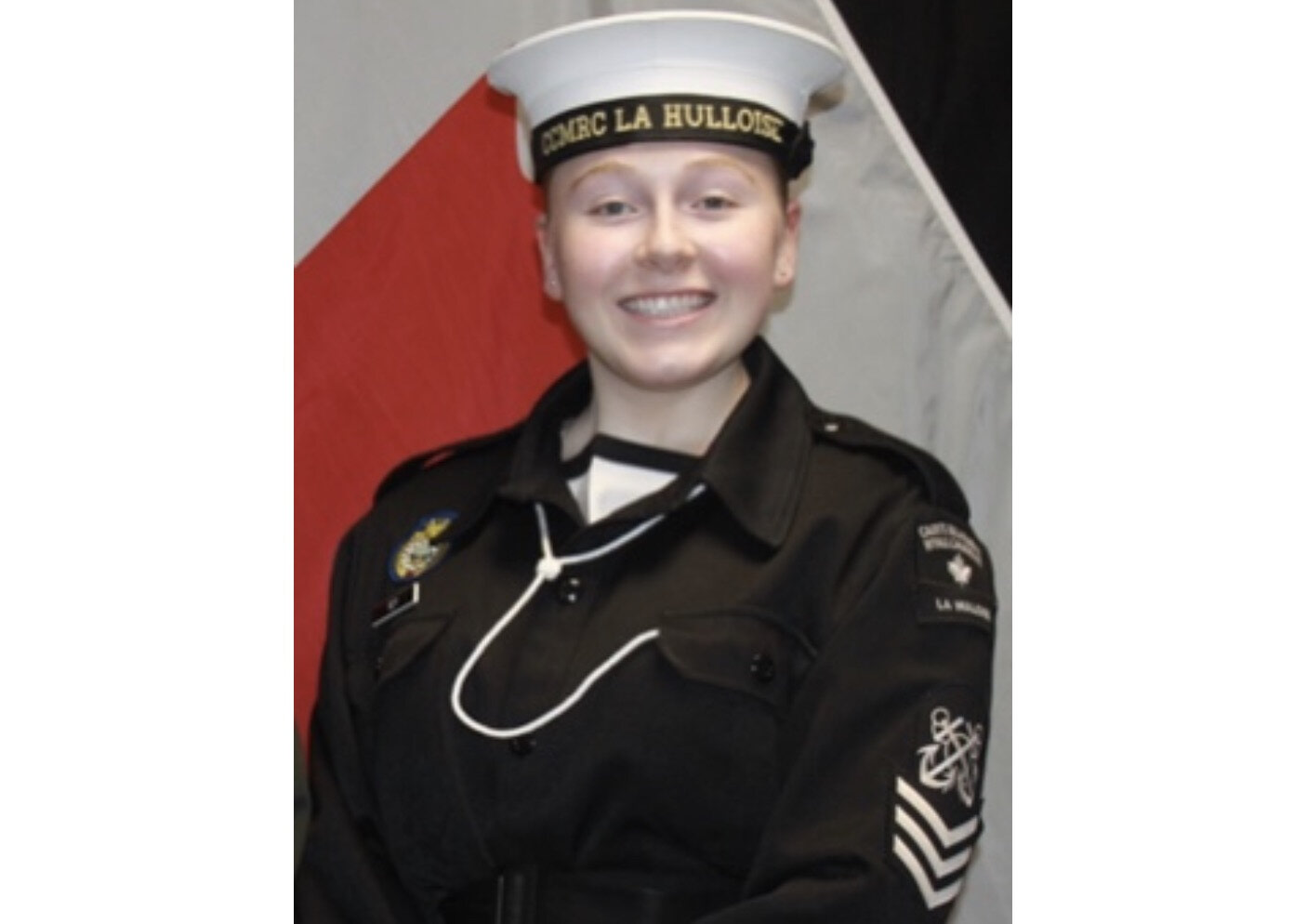The Liberation of the Netherlands
Did you know that Canada played a very big role in the liberation of the Netherlands!
In September 1944, as the Canadians prepared, there was a major railway strike which disrupted supply lines to the Netherlands. The Germans retaliated by cutting off the food rations of the Dutch population. Millions of people suffered from starvation and about 20,000 people died of starvation that winter.
In the fall of 1944, the Canadians advanced towards the Netherlands, fighting fiercely to repel the Germans. By December 1944, the southern Netherlands had been liberated. On May 5, 1945, Canada accepted the defeat of German forces in the Netherlands. More than 7,600 Canadians lost their lives in combat.
When the Canadian survivors returned from combat, the Dutch, grateful for their help, greeted them with celebrations, throwing them tulips and treating them as heroes. Canadians repaired roads and distributed 3,000 tons of food daily to eliminate famine in the country.
In 1945, as an expression of their nation's gratitude, the Dutch Royal Family sent 100,000 tulips to Canada to mark Canada's participation in the liberation of the Netherlands.
A Dutch-Canadian tradition began at the end of the Second World War: the “Canadian tulip festival”, which has been held annually in Ottawa since 1945. They are called the flowers of friendship.
I invite you to become a participant in this tradition by planting a tulip in front of your house as an acknowledgement of the sacrifices that all Canadians made while contributing to liberation of the Netherlands and the rest of Europe.
Written by Cadet Petty Officer Second Class Amy Roy, 14 years old, Royal Canadian Sea Cadet Corps La Hulloise (230)

